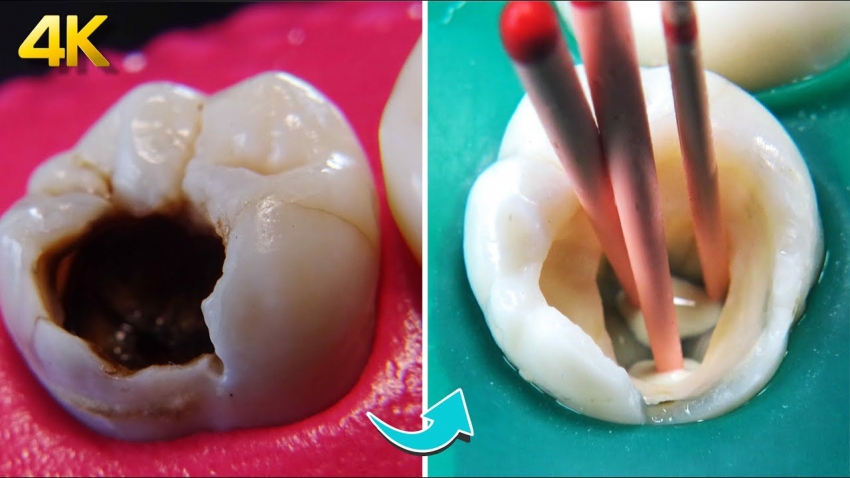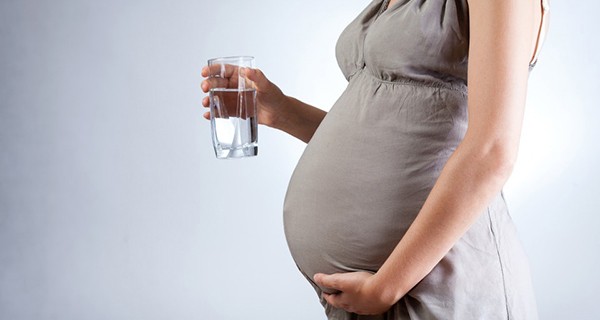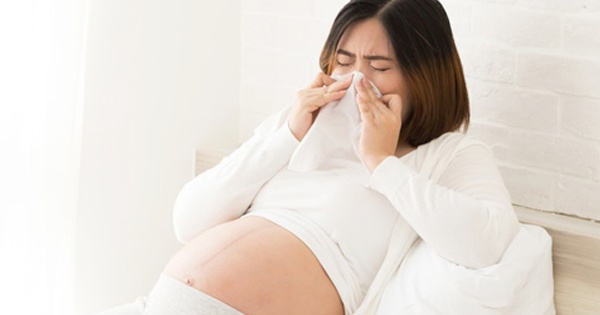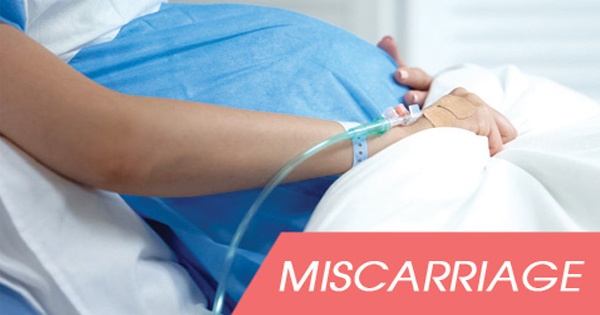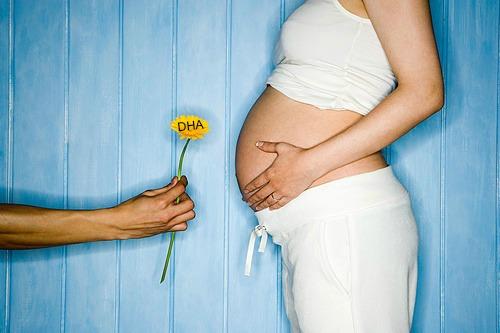
Most pregnant women know that they should get enough DHA to make their children smart and bright eyes, but moms forget about the indispensable role of EPA to have a healthy, safe pregnancy. Moms should pay attention to the addition of both DHA and EPA. Why is that?
DHA is high in phospholipids in the brain and retina membranes, and is involved in nerve, vision, and neurotransmitter functions. DHA is an essential element for the growth and development of the central nervous system of fetuses and young children. DHA supplementation during pregnancy is essential for developing the baby’s brain and vision.
However, the transfer of DHA from the mom through the placenta to the fetus is only done when DHA is attached to a “transport protein”. It is EPA that helps increase the binding capacity between DHA and that “transport protein”. Higher maternal EPA levels have been shown to increase fetal umbilical cord DHA levels.
In addition, DHA needs to be linked to the “Link proteins” to enter the placental and fetal cells. A higher concentration of EPA also leads to better cohesion so brain cell development is also more optimal.
During pregnancy both DHA (Omega 3) and AA (Omega 6) are essential for the development of the central nervous system of the fetus, so providing them during pregnancy is necessary. However, due to the competition between EPA and AA on the metabolic enzyme system, the daily supplementation of AA/EPA will lead to different pregnancy outcomes. Studies show that, if a diet supplemented with poor EPA and rich in linoleic acid (the precursor of AA) changes the balance of the eicosanoids produced and can promote consequences such as preterm birth, preeclampsia.
Only about 4-11% of DHA is converted back into EPA, so moms who only consume DHA without EPA will not be able to create the right balance for eicosanoids. Next to pregnancy outcome. At the same time restricting transportation and intake of DHA into fetal cells.
Therefore, the diet – providing nutrients, providing a balance between the components in omega-3 fatty acids (DHA, EPA) and Omega-6 (AA) plays an important role for pregnant women. Accordingly, the appropriate ratio of Omega-6: Omega-3 ~ 1: 1 to 2: 1 is the ratio of effective promotion of benefits for pregnancy. At the same time, the ratio of DHA/EPA ~ 4/1 corresponding to the ratio of DHA/EPA found in breast milk is the golden ratio that helps DHA to transport optimally through the placenta and promote the best effect.
How to supplement fatty acids effectively?

Studies show that the proper ratio of Omega-6 to Omega-3 is 1: 1 to 2: 1 to promote optimal benefits for pregnancy including: developing brain and the vision of the fetus; developing the immune system, reducing the risk of premature birth, low birth weight, reducing pre-eclampsia, diabetes and postpartum depression in the mom. Supplementing with Omega-6 at a higher rate will not bring about the desired benefits for pregnant women.
Omega-6 fatty acids can be found in vegetable oils used in processed foods. For example, 1 teaspoon of palm oil is enough to meet daily omega-6 needs, but most of us are consuming 10-20 times that amount. On the contrary, omega-3 intake per day is below the optimal threshold. Omega-3-rich food sources are seafood, fish oil supplements, and vegetable oils such as flaxseeds (containing 57% omega-3 fatty acids), soy (8%), and mustard seeds (11%).
Although seafood is a good source of DHA and EPA, due to concerns about heavy metal (mercury) residues in seafood can cause abnormal development of nerve cells – the sight of the fetus, the pregnant moms are advised not to eat more than 2 seafood meals a week.
Plant-derived omega-3 mostly exists in ALA form. However, ALA is poorly converted into EPA and converted even less into DHA. The range of converting ALA to EPA is usually from 0.2% to 9%. Although some studies suggest that women of childbearing age can convert up to 21% of ALA to EPA, trying to get enough DHA and EPA from plant-based foods requires the body to consume too many calories from fat.
Studies show that pregnant women cannot meet the needs of Omega-3 fatty acids from omega-3 rich vegetable oils and 2 seafood meals per week. Two servings of fish per week provide only about 100 to 250 mg of omega-3 fatty acids per day, of which 50 to 100 mg are from DHA; Vegetable oil provides a negligible amount of EPA and no DHA. During pregnancy, the goal of providing Omega-3 fatty acids is 650 mg, of which at least 200mg is DHA/day.
Therefore, to offset the deficiency of Omega-3 fatty acids in the diet, pregnant women need to add Omega 3 (DHA, EPA) from the supplementary products daily.








